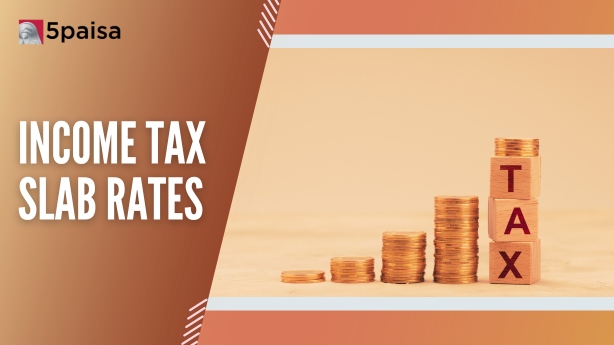Content
- What is the Income Tax slab?
- Types of taxable income in India
- Income tax slab rates for FY 2024–25
- Revised Income Tax Slabs for FY 2024-25: Key Changes
- Important points to consider
- Income Tax Slabs for FY 2024-25 (AY 2025-26) Under Old Regime
- The surcharge rate on new tax regime for FY 2024–25
- Key Differences Between New & Old Tax Regimes
- Things to Remember Before Opting for the New Tax Slab
The Indian government levies a string of direct and indirect taxes to develop infrastructural facilities. Amid the broad spectrum of tax revenues, Income Tax is one of the most significant, where employed individuals must pay Income Tax on their annual earnings to the authorities. Unlike other taxes, Income Tax follows a well-designed “Income Tax slab system” to bring eligible individuals under the tax umbrella. With Income Tax, the government strives to check the individuals’ income and sources. Understanding the norms and conditions of the Income Tax slab is essential for all the individuals who fall in the eligible category.
This article explains income tax, the new 2024 tax slab rates, and other key tax features.
More Articles to Explore
- Difference between NSDL and CDSL
- Lowest brokerage charges in India for online trading
- How to find your demat account number using PAN card
- What are bonus shares and how do they work?
- How to transfer shares from one demat account to another?
- What is BO ID?
- Open demat account without a PAN card - a complete guide
- What are DP charges?
- What is DP ID in a demat account
- How to transfer money from demat account to bank account
Disclaimer: Investment in securities market are subject to market risks, read all the related documents carefully before investing. For detailed disclaimer please Click here.
Frequently Asked Questions
The income tax slab depends on an individual’s income and age group (old regime), not sex or gender.
Every individual who is a resident of India is obligated to pay income tax if their earrings fall under taxable income slabs.
In the new income tax slab rates for FY 2023–24, the government will offer salaried individuals and pensioners a standard deduction of Rs. 50,000.
The exemption limit offered to taxpayers for FY 2023–24 is Rs. 1.5 lakh on the taxable income.



